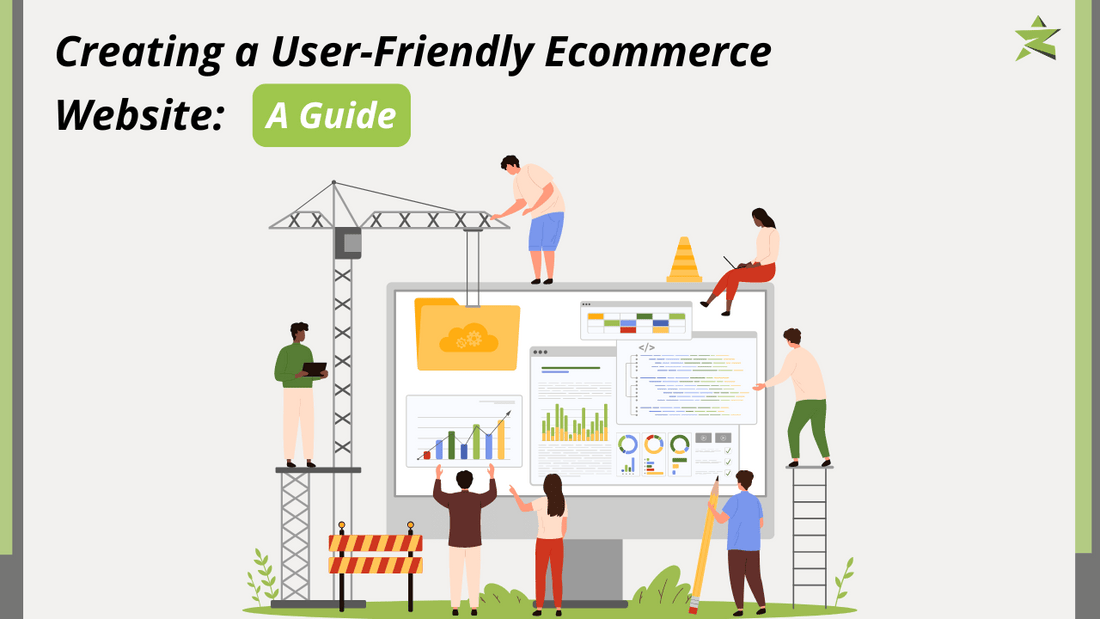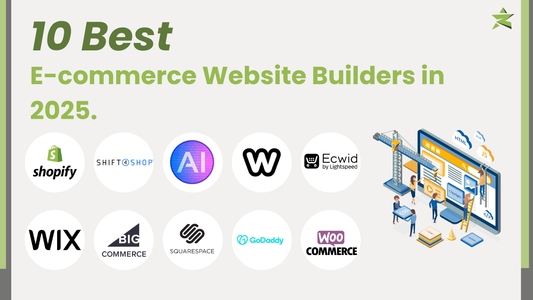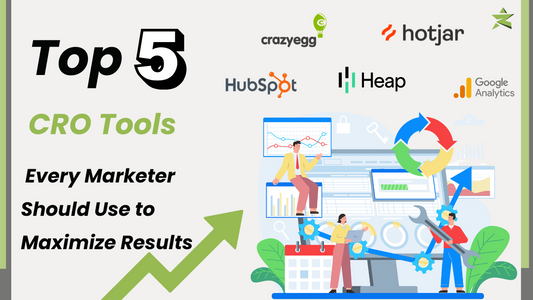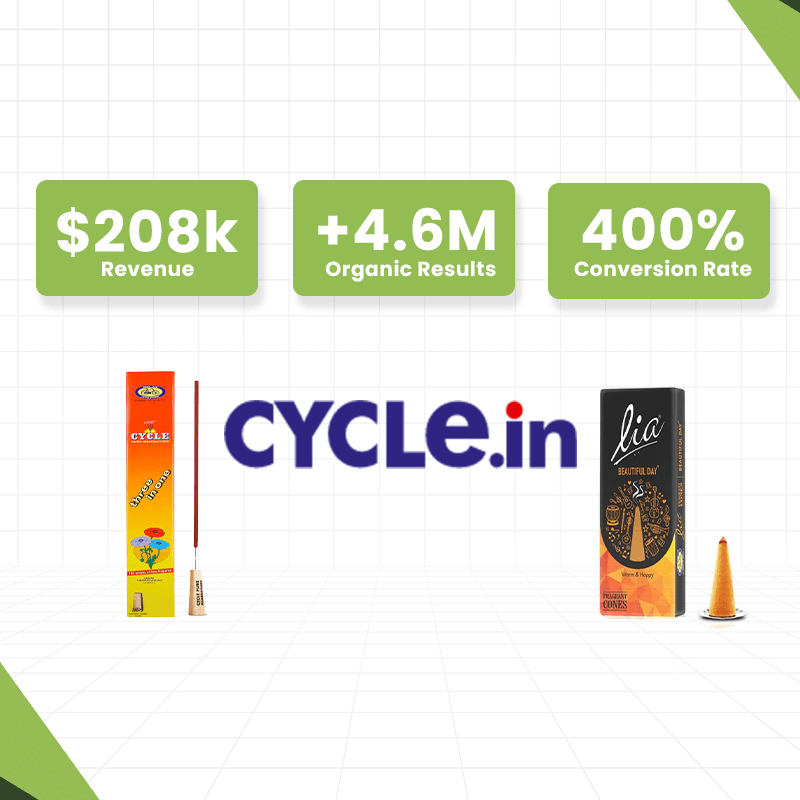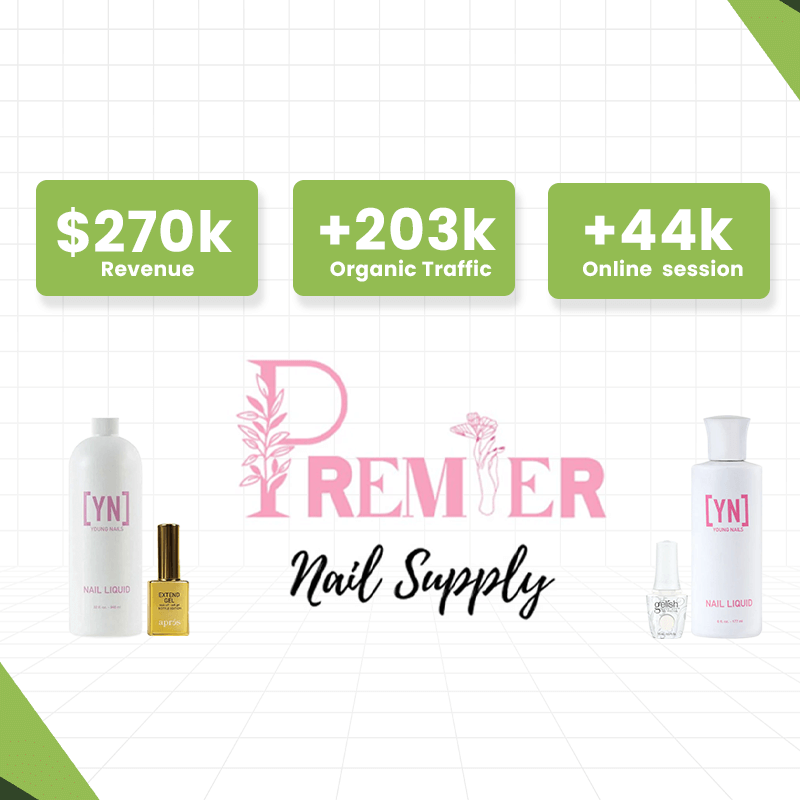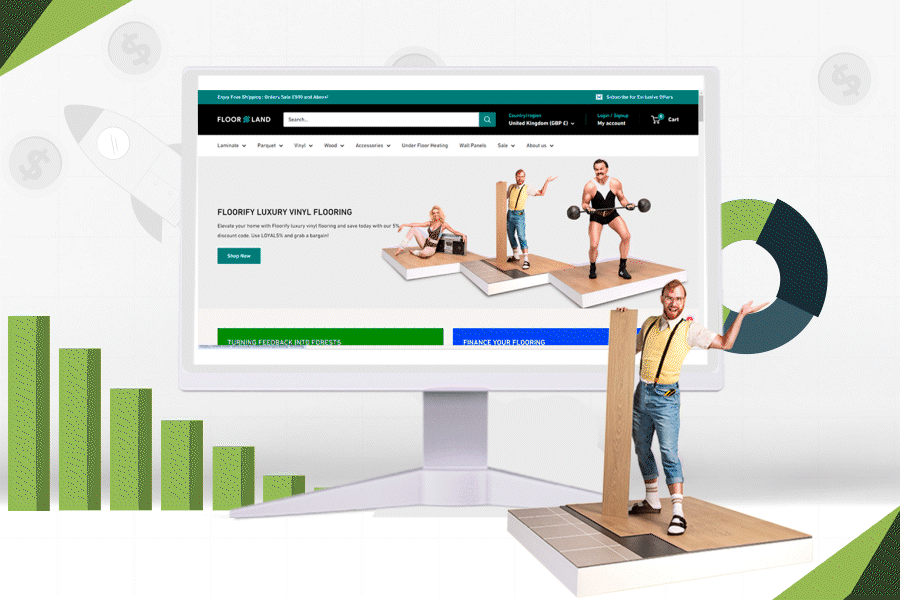E-commerce has become an Important and you can say essential part of our lives. Small and local businesses that previously considered online shops to be exclusive to large retail brands are starting the digital marketplace. But with an increasing number of businesses building online shops, stand-out requirements are more than just a great product; it also requires an excellent buying experience.
Before choosing an eCommerce development business, think about these proven strategies for providing your customers with an amazing purchasing experience.
1. Develop a comprehensive strategy
Start your eCommerce journey needs to establish a solid foundation. Create a strong business strategy that covers inventory management, shipping methods, and specific social media channels.
Don't forget about technical issues like website creation, technology stack choices, hosting options, and a carefully planned UI/UX design.
Key points to keep in mind:
- Define your business's aims and objectives.
- Analyze market trends and consumer tastes.
- Outline your digital marketing and SEO strategies.
2. Understand Your Target Audience
your eCommerce store must connect with its actual audience. Conduct extensive research to determine their demographics, purchasing behavior, preferred features, and gadgets. This knowledge will allow you to change the design and functionality of your store to fit their needs.
Research Areas:
- Age, gender, and cultural background of your audience.
- Competitor analysis to identify what users enjoy or dislike.
- Market analysis and social media surveys for deeper insights.
3. Choose the Right CMS Solution
Choosing the correct Content Management System (CMS) is an important decision when creating your online business. Managed many platforms, such as Shopify, provide an all-in-one solution, whilst custom solutions, such as Magento, allow for custom development. If you are managing a WordPress site, think about installing the WooCommerce plugin for easy integration.
popular CMS options:
- Shopify is ideal for users that want simplicity and speed.
- Magento is best suited for businesses that require customization.
- WooCommerce is for websites that already use WordPress.
4. Implement Mobile First Development
With the majority of clients purchasing on mobile devices, a mobile-first development strategy is important. Target factors like fast loading times, easy navigation, and a clear checkout process.
Mobile Design Considerations:
- Optimize for quick loading and ease of use.
- Use sophisticated filtering options to simplify product searches.
- Ensure that the design is clean and visually appealing.
5. Apply the Thumb Rule of Design
Given that smartphone users control their devices with one hand, and that interactive features are simple to use with their thumb. This "thumb rule" improves user interaction and helps in improves experience.
Design Tips:
- Put the buttons and important data above the fold.
- Use user friendly tap targets for simple navigation.
- They improve user engagement and retention by offering fast loading times, offline access, and easy installation on mobile devices.
Benefits of PWAs:
- Instant access to webstore features.
- Even when offline, the user experience remains seamless.
- Improved visibility with app-like home screen icons.
7. Use AI chatbots for customer support
AI-powered chatbots are changing customer support in eCommerce. They can interact with users in real time and offer personalized support based on previous interactions and preferences.
Advantages of chatbots:
- For instant assistance, contact customer service at any time of day or night.
- Insights into customer behavior and preferences.
- Automated responses to common queries.
8. Create well-structured product pages
Your product pages are important for driving conversions. Reduce visual distraction and verify that product information is easily accessible. High-quality images, detailed explanations, and visually appealing clips can significantly enhance the user experience.
Best Practices For Product Pages:
- Use images of excellent quality with zoom feature.
- Provide clear and informative product descriptions.
- Emphasize major features and benefits clearly.
9. Simplify the checkout process
An easy checkout process is important for converting browsers to customers. Reduce the methods, allow guest checkout options, and offer a variety of payment methods to improve convenience.
Checkout Optimization Strategies:
- Limit your checkout steps to two or three.
- Include incentives for loyalty next to the purchase button.
- Clearly outline the cost of shipping and delivery times.
Conclusion
Delivering a positive purchasing experience is important for success in the competitive world of eCommerce. Implementing these strategies will allow you to create a user-friendly online store that stands out. Understand that the quest for perfect never ends; constantly optimize your shopping experience based on customer input and changing trends. With passion and attention to detail, you will not only attract clients but also create loyalty and satisfaction.

